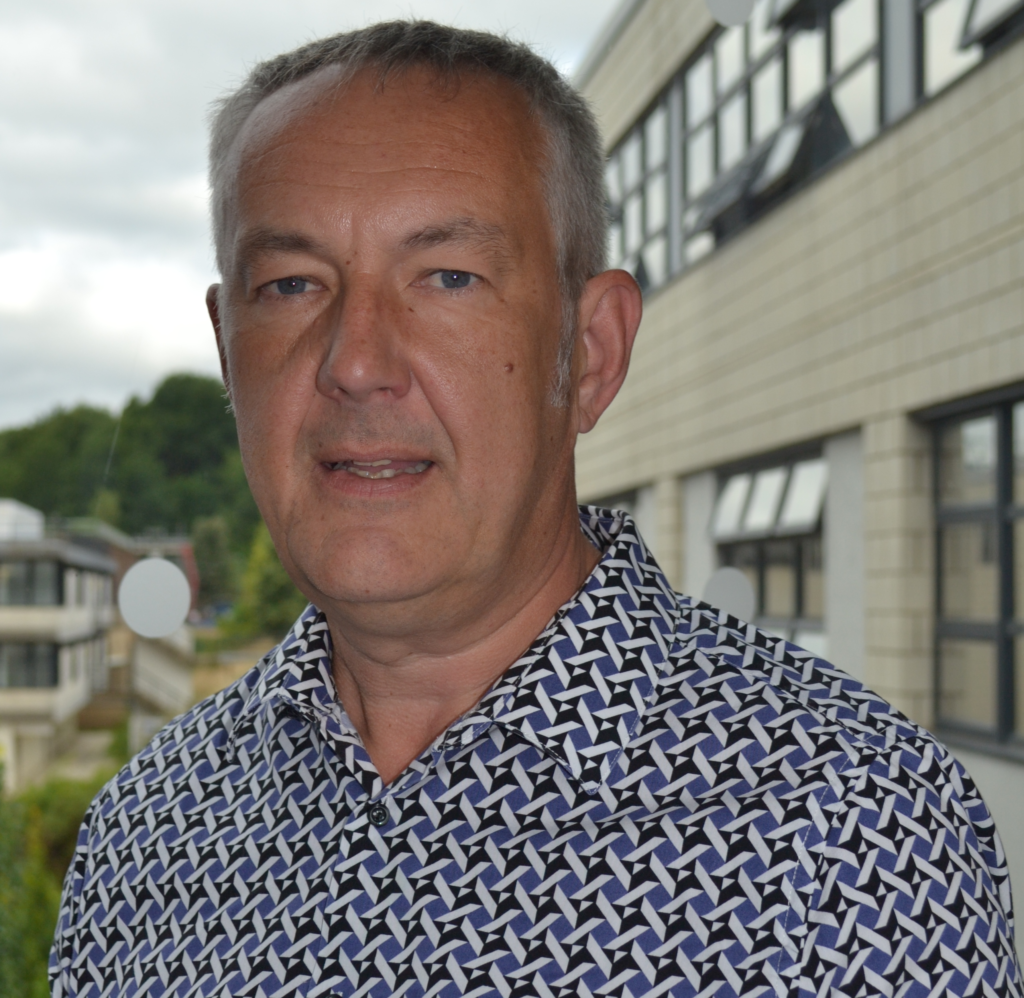The restriction of gabapentinoids will simply shift the same problems onto another set of substances, says Ian Hamilton
 Prescriptions for pregabalin and gabapentin have been rising in recent years, and so too have the problems associated with these drugs. Consequently, the Home Office announced back in October 2018 that from 1 April 2019 these drugs would become a class C drug. The government acted on the advice of their scientific advisers, the Advisory Council on the Misuse of Drugs (ACMD), which highlighted how prescriptions for pregabalin and gabapentin have increased, respectively, by 350% and 150 % in just five years. This rise was accompanied by reports that pregabalin and gabapentin are increasingly being misused and that this is linked to medical and social harms and even fatalities.
Prescriptions for pregabalin and gabapentin have been rising in recent years, and so too have the problems associated with these drugs. Consequently, the Home Office announced back in October 2018 that from 1 April 2019 these drugs would become a class C drug. The government acted on the advice of their scientific advisers, the Advisory Council on the Misuse of Drugs (ACMD), which highlighted how prescriptions for pregabalin and gabapentin have increased, respectively, by 350% and 150 % in just five years. This rise was accompanied by reports that pregabalin and gabapentin are increasingly being misused and that this is linked to medical and social harms and even fatalities.
Primarily prescribed for epilepsy, generalised anxiety, and peripheral and neuropathic pain, these drugs can produce feelings of euphoria, relaxation, and a general calming effect. So it is easy to understand why some people would be drawn to using or misusing these drugs even if they aren’t in pain or don’t have epilepsy. We know that many people who use drugs tend to use more than one type of drug and so it is with these gabapentinoids. Pregabalin and gabapentin can be used to enhance and increase the euphoric effects of opiates, and it is this interaction that (although attractive to some) presents one of the main risks. Both types of drugs (opiates and gabapentinoids) can cause respiratory problems in those who use them, as well as leading to physical and psychological dependency.
It therefore seems logical to try and mitigate these risks and curb the increasing popularity of pregabalin and gabapentin. This is not the first time that the Home Office has sought to reduce harm by reclassifying a drug. In an almost identical set of circumstances, tramadol was moved to class C status back in 2014 after there were reports of increasing prescriptions and rising deaths. This move appears to have been successful in that since 2014 the number of prescriptions for tramadol and fatalities from its use have both reduced. If only it was that simple. Unfortunately it’s not, as banning or trying to restrict the use of certain drugs produces unintended harms.
Many people using drugs like gabapentin and tramadol do so to try and self-medicate for physical, psychological, and social problems. We know that funding for specialist drug treatment services has been cut year on year, as have the budgets for mental health and many other public services. In this landscape of diminishing support, it is unsurprising that people find their own ways of surviving and numbing trauma and psychological hurt. Drugs are a very effective way of achieving that—albeit in the short term and often with considerable risk. Yet drugs don’t have waiting lists or probing questions and are relatively cheap.
Against this backdrop of austerity, it is possible that the success achieved with restricting access to tramadol simply shifted the problem onto other drugs, like pregabalin and gabapentin. This type of displacement as a result of policy intervention has happened with other illicit drugs, such as synthetic cannabinoids receptor agonists (SCRAs). The government aimed to restrict SCRAs and other so called “legal highs” with the passage of the 2016 Psychoactive Substances Act. Yet the Home Office’s own assessment of the impact of this law found that the market responded by providing alternative substances that proved to be more harmful than the ones originally banned. It is just as likely that displacement happens with prescribed medication: one drug is banned so another becomes the drug of choice as it produces the desired effects and is easier and quicker to source.
The difficulty for doctors and other prescribers is keeping abreast of which drugs are the new drugs of misuse. As night follows day, the restriction of gabapentinoids will simply shift the same problems onto another set of substances—the challenge is knowing which ones. Unfortunately, by the time we find out, more people will have developed a dependency or worse died.
Believing that banning drugs will solve this problem is as naïve as thinking that you can ban suffering. Policies that adopt this rationale are either short sighted or worse, just an attempt at being seen to be doing something.
Ian Hamilton is an academic at the University of York with an interest in addiction and mental health. He previously worked as a mental health nurse with people who had combined mental health and substance use problems. Twitter @ian_hamilton_
Competing interests: I am affiliated with Alcohol Research UK.
